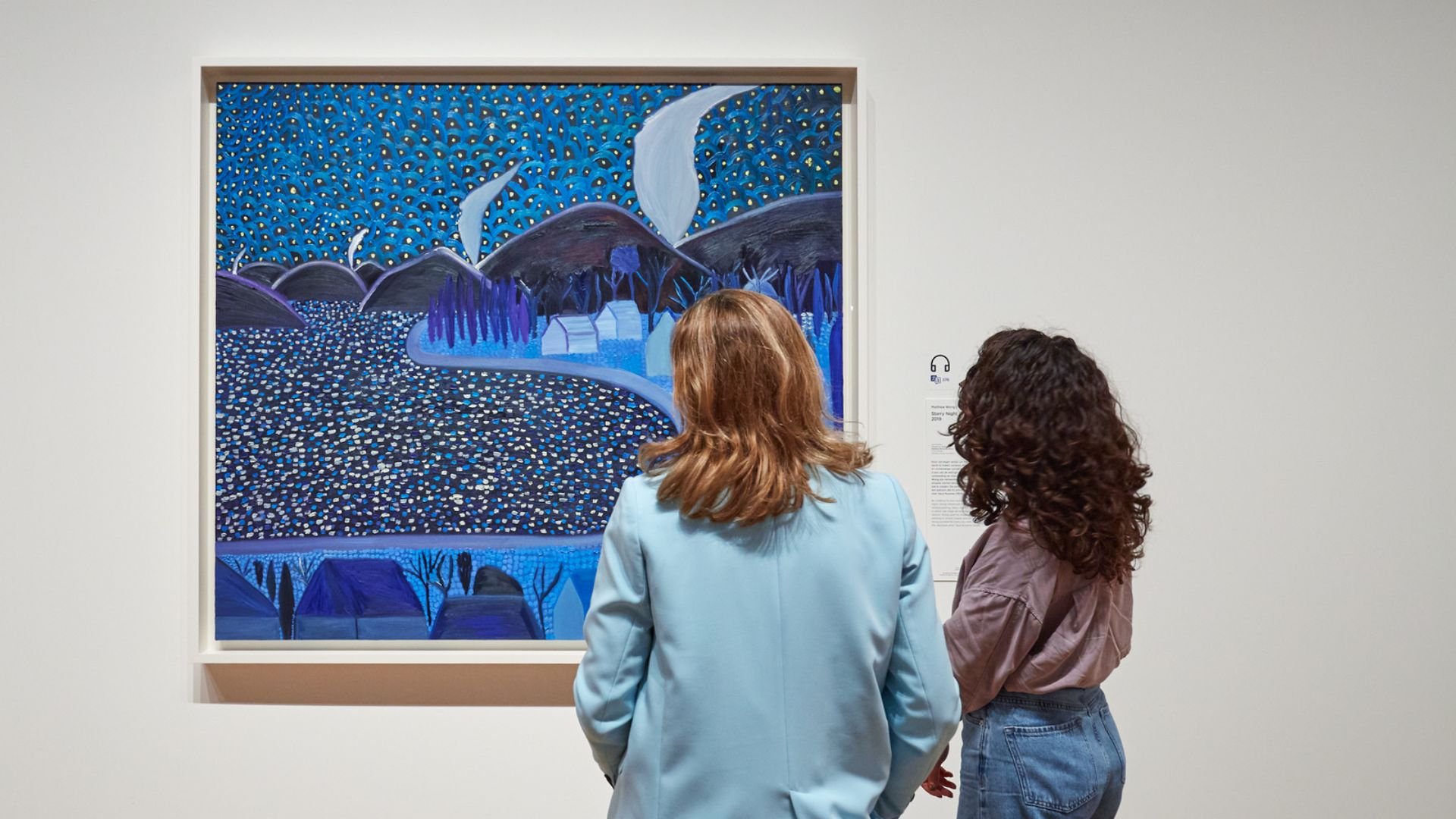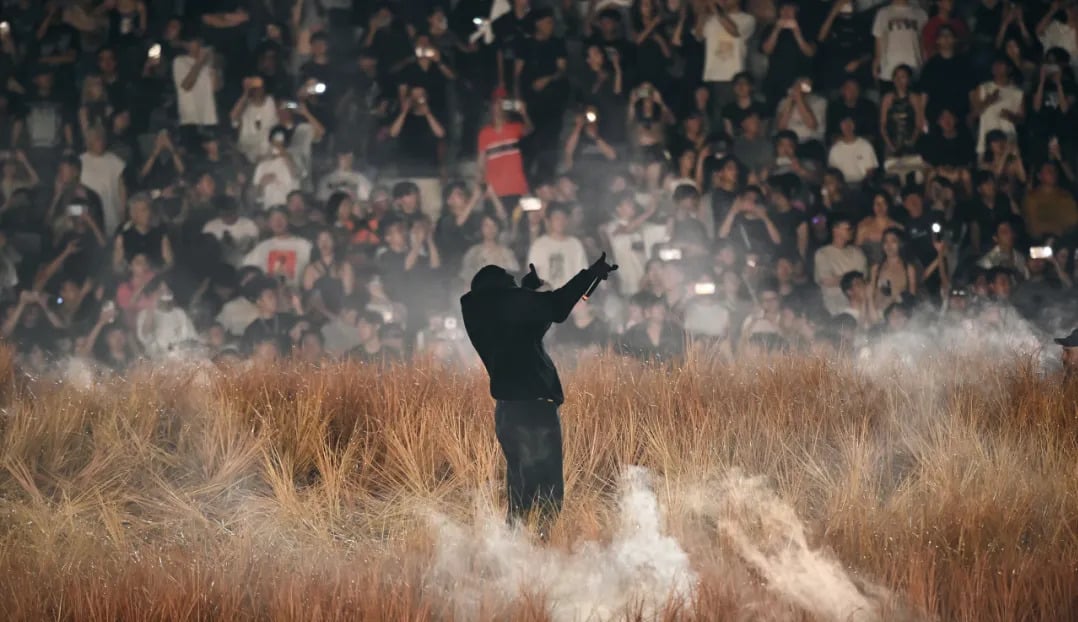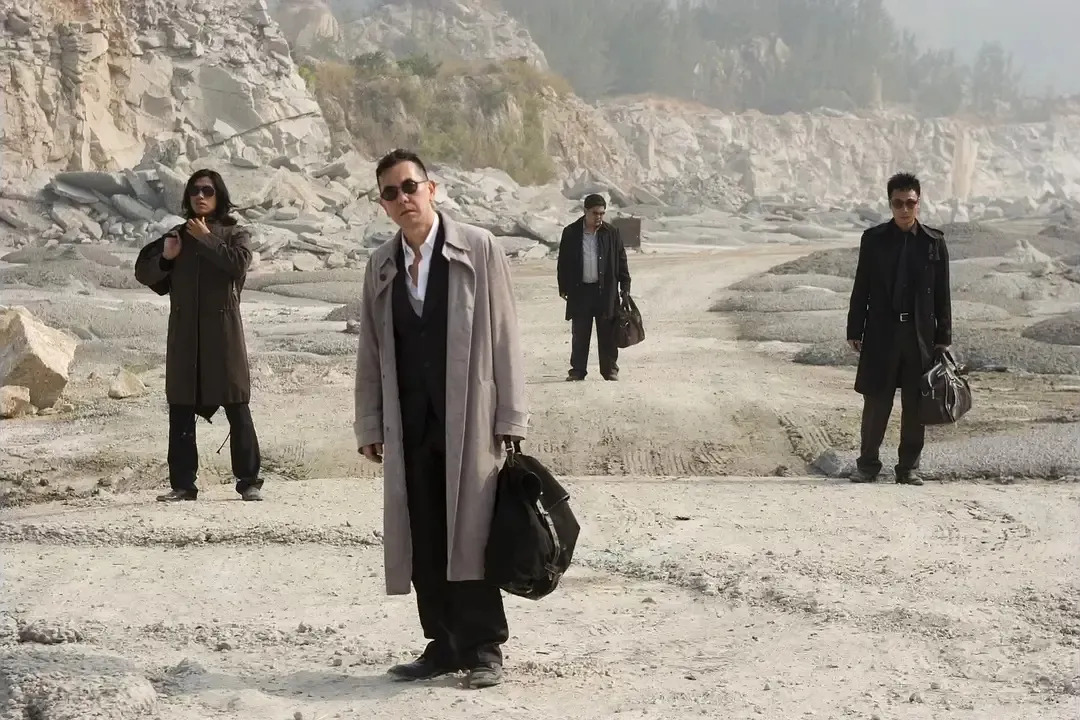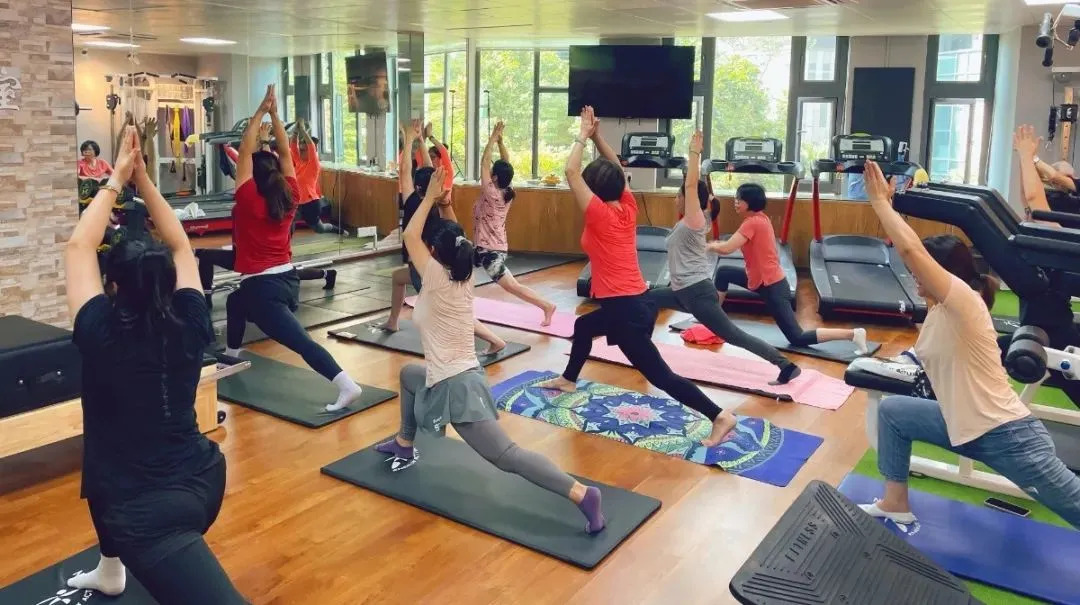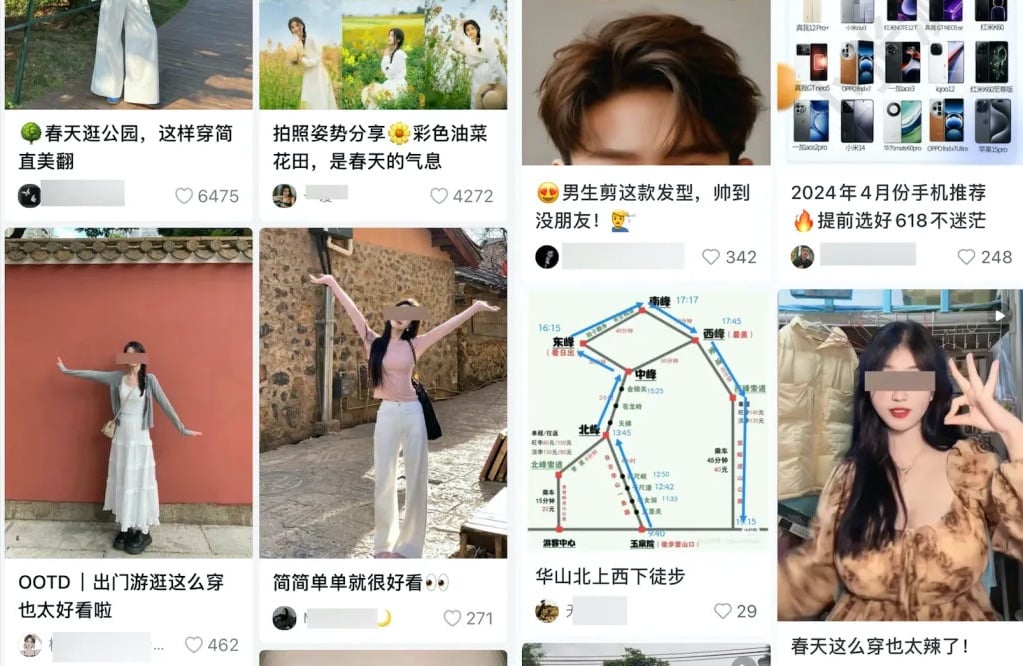Hair spas are a popular form a self-care in Asia, lying somewhere in the middle of the spectrum between hair salons and massage parlors. Now though, black content creators are spreading the word about these treatments, bringing awareness to different hair types in the process.
Hair spas have a long history that can be traced back to Ayurvedic traditions in ancient India. These customs highlight the significance of scalp and hair health when it comes to general wellness in Asian culture. Hair spas first gained popularity in Japan in order to provide specialized attention to the scalp, and since then, have grown in popularity across China and other Asian countries.
The main attraction at any hair spa is the indulgent head massage, but treatments also include having one’s scalp steamed, and other processes that encourage healthier hair. Treatments like these can help reset sebum levels, ultimately reducing dandruff and promoting hair growth.
Influencers have started flocking to these hair spas to treat themselves in recent months, with an uptick in content arriving on YouTube, Instagram, and TikTok; the hashtag for head spas on TikTok alone has over 540 million views.
Most of those videos, though, feature white or Asian hair — and some black influencers are seeking to change that.
Sipha Cingo, a South African-born YouTuber, described her experience in a video, saying that the warm water entering her braid rows caused her “brain to melt.”
Natasha Mulowa, a China-based content creator from Zambia, said that “everyone was a bit nervous because it was their first time having a foreigner as a client,” but that it ended up being a pleasant experience.
Mwila Bwalya, also from Zambia, had a similar experience, saying that head therapy massages are one of her “favorite [treatments] to get done.”
“Thank you for representing and showing that us black girls with 4c hair can enjoy this as well!” reads one of the top comments.
“Rarely ever see people with our hair doing these types of videos,” reads another. “Especially out of the country, what a treat.”
Videos like these may come as a surprise to some who underestimate the significant African population in China.
The vicarious, viral thrill of a scintillating head massage is nothing new — perhaps the most notable originator of this form of entertainment is the famous Indian barber Baba Sen, star of the 2008 video “World’s Greatest Head Massage,” and in many ways, the originator of the modern ASMR phenomenon.
ASMR is an abbreviation for ‘autonomous sensory meridian response,’ a subjective state of “low-grade euphoria” characterized by a distinct, static-like tingling sensation on the skin. The sensation is mainly elicited by auditory stimulation, and in recent years, there’s been an explosion in ASMR content that simulates procedures like head massages.
As ASMR and Asian hair spa treatments both rise in popularity, these creators hope that they can contribute to diversity in these videos, and shine some cross-cultural light in the process.
Cover image via YouTube
